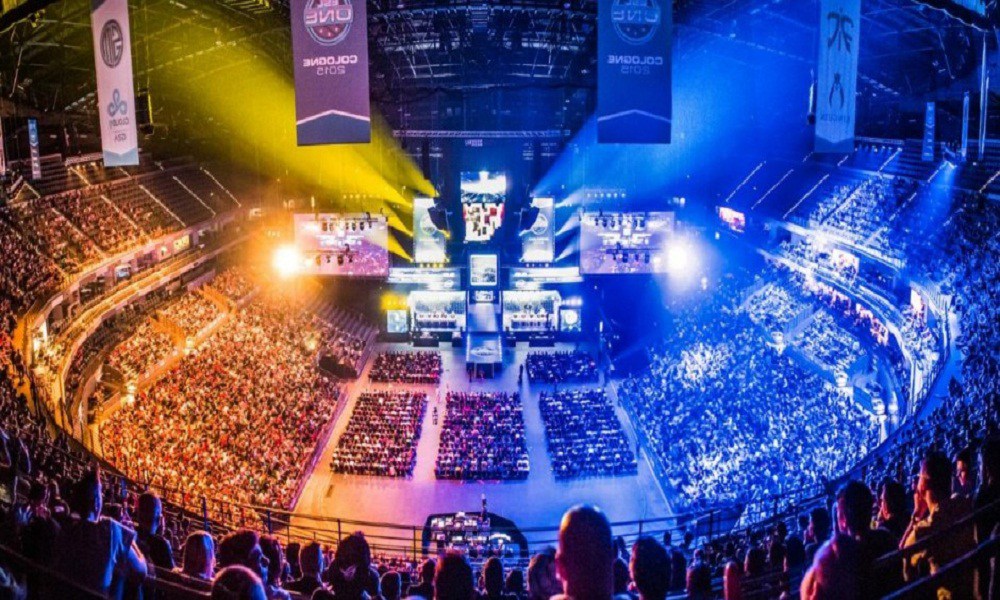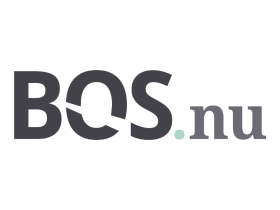 Reading Time: 2 minutes
Reading Time: 2 minutes
The phenomenon of eSports has become a real game changer – a genuine disruptive phenomenon.
Take for instance the last “world championship” of eSports, officially known as the Intel Extreme Masters. The tournament had a television audience of 46 million viewers. Even a larger number of people watched it online, using specialist platforms like Twitch and Ginx.
What is special about eSports as a challenge is that it is inherently multi-layered. Fans want to watch the gaming action – which may itself be multi-screen for each player – but they also want to see how their favourites are performing.
It can get even more complicated: some eSports fans may be players themselves while others may not be as familiar and require more guidance to keep them engaged.
That is exactly why producing and posting eSports coverage is a serious challenge. A major eSports production company announced at NAB this year that it was moving to the Blackbird Forte cloud platform from Forbidden Technologies.
The platform will be used for live and post-event editing, based on the rapid turnaround of cloud production and graphics.
The biggest events are spectacular productions, with large audiences watching the action on multiple screens. The 2017 Intel Extreme Masters final in Katowice was in an 11,500 seat auditorium.
Newtek was an early leader in tournament technology. Its flexible platform proved ideal for this fast-paced world. “During a live eSports game, anything three minutes old is forgotten,” Simon Eicher, executive producer at ESL, is quoted as saying.
Feeds from the observer PCs, at their native resolution of 120 fps, are captured by EVS servers, giving the director a perfectly smooth 60 Hz half speed replay.
Despite the pressures and the technical challenges of bridging the gaming and broadcast world, the expectation is that quality will be high. ESports now attract high-quality advertisers and sponsors – Intel is the lead sponsor for ESL – and their expectations are that their brand values will be maintained.
Indeed, research company Ampere Analysis estimated that somewhere around $2 billion has been invested in the eSports sector over the last six years. It is a business that is surely set to bring new challenges.
Source: ibc.org
Source: European Gaming Industry News





